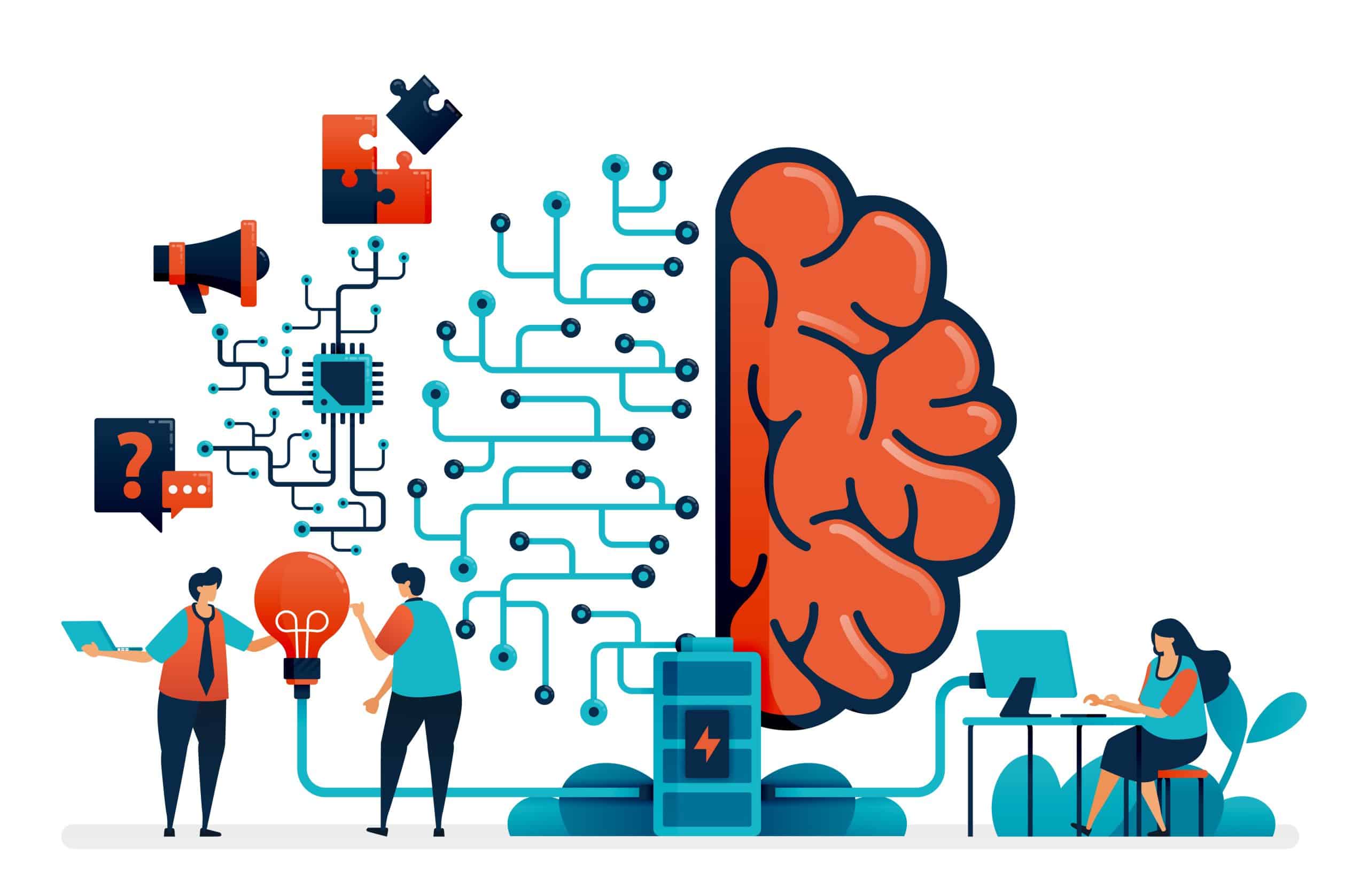- 🤖 Contextual AI adapts in real-time for ad placement, unlike traditional methods relying on historical data.
- 🌍 Lenovo uses contextual solutions globally, leveraging first-party data and AI for accurate targeting.
- 👀 Eye-tracking technology shows that contextual ads achieve higher attention and likability.
- 🧑🎨 Human oversight is crucial to avoid bias and ensure content alignment when using generative AI.
- 🔄 Transitioning to contextual AI involves shifting from traditional behavioral targeting to understanding consumer needs and contexts.
- 📉 AI helps brands at the strategic level, impacting consumer trends, competitor analysis, and campaign optimization.
- 🌟 Generative AI will significantly impact advertising but needs safe guardrails to mitigate bias and challenges.
- 📈 AI is expected to become more mainstream in the next 12 to 18 months, enhancing real-time reaction and strategic planning.
In the ever-evolving world of digital advertising, the rise of contextual AI has emerged as a game-changing technology. Unlike traditional methods that rely heavily on historical data, contextual AI adapts in real-time to the environment and consumer behavior. This shift marks a significant evolution in how brands interact with their audiences, offering a dynamic, responsive, and highly effective approach to ad placement.
The advent of Contextual AI represents a watershed moment in digital advertising. This technology enables real-time adaptation to the environment and consumer behavior, presenting an unparalleled opportunity for brands to engage more meaningfully with their audiences. Unlike its predecessors, which primarily depended on historical data, contextual AI uses data from the here and now to deliver precise and impactful advertisements.
Benefits of Contextual AI
Real-Time Adaptation
Contextual AI can adapt instantly, distinguishing it significantly from methods that rely on outdated, historical data. This allows brands to deliver ads that resonate more effectively with their target audience at the precise moment of engagement.
Global Solutions by Lenovo
Lenovo has been a pioneer in implementing contextual AI solutions across its global operations. By leveraging first-party data, Lenovo has made its ad targeting more accurate, offering a tailored consumer experience.
Enhancing Engagement with Eye-Tracking Technology
Eye-tracking technology has further underscored the effectiveness of contextual ads by clearly demonstrating higher levels of attention and likability. This technology measures human emotional responses, confirming that ads focusing on the right audience at the right moment greatly improve brand awareness and consideration.
The Role of Human Oversight in Generative AI
While generative AI can create content effectively, the importance of human oversight cannot be overstated. Human intervention helps to avoid biases and ensures that content aligns with the intended messaging.
Avoiding Bias
Without human guidance, AI can yield biased outcomes. Thus, human oversight is crucial to steer AI-generated creativity, ensuring it aligns with the brand’s goals and ethical standards.
Transitioning to Contextual AI
The move from traditional behavioral targeting to contextual AI is not straightforward; it necessitates a paradigm shift. Brands must focus on understanding consumer needs and contexts to create relevant and engaging content.
Adapting to Consumer Needs
Brands must reset their approach to align with the modern consumer who cares deeply about context and relevance. This shift involves creating content that directly meets consumer needs and interests.
Strategic Applications of AI
AI is proving to be beneficial at strategic levels as well. From understanding real-time consumer trends to uncovering new business opportunities, AI is empowering brands to make informed decisions.
Competitor Analysis
AI enables brands to analyze competitors in real-time and adjust strategies accordingly, providing a competitive edge.
The Future of Generative AI in Advertising
Generative AI is poised to become mainstream over the next 12 to 18 months, promising significant advancements in real-time reactions and strategic planning.
The Need for Safe Guardrails
However, the rapid adoption of generative AI necessitates the implementation of safe guardrails to mitigate any biases or potential challenges that may arise.
Conclusion
Contextual AI is not just a fleeting trend; it is the future of digital advertising. Its ability to adapt in real-time, coupled with strategic insights and enhanced consumer engagement, marks a new era in brand-audience interaction. However, as we march towards a future dominated by AI, the importance of human oversight remains paramount to ensure ethical and effective advertising practices.







